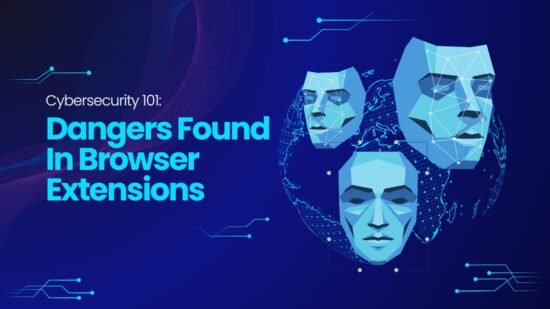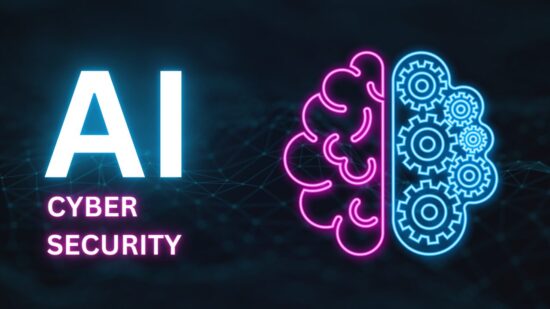Will Low-Code/No-Code Be a Priority in 2022?
The Low-Code/No-Code revolution has become an incredibly disruptive movement in the digital enterprise landscape. According to Gartner, in 2023, more than 50 percent of small and medium-sized businesses and large enterprises will have implemented Low-Code app development platforms by 2023. According to Forrester Research, the potential market for low-code development platforms is expected to reach $21.2 billion by 2022. The disruption caused by The Low -Code/No-Code revolution is largely attributed to the need of non-technical developers and professional developers to quickly build applications without writing infinite lines of code.

What Is Low-Code/No-Code?
The Low-code/No-code approach allows users to create workflows, processes, and make modifications to an application that would typically require the expertise of a developer. The Low-Code/No-code revolution surfaced due to a variety of factors. Today’s workforce has evolved and expectations are higher than they have ever been.
There is no longer a need to analyze and understand an overflow of data, which has created a rush in digital demand and inconsistencies in how many developers are needed to meet the rise in demand. Over the past few years, many businesses and organizations have looked for greater efficiencies and have adapted to change in a short period. Low-Code/No-Code has now become a force that empowers businesses of all sizes.
The Skills Gap and Talent Shortage Is Driving Demand
The IT skills gap and talent shortage have continued for several years, but it has been amplified significantly by the pandemic. The supply of skilled and experienced workers continues to fall behind the demand for digital products and services.
According to Propeller Insights(a full-service market research firm based in Los Angeles), the pandemic increased competition for IT talent, and it continues to create a developer drought, with the majority of employers running into obstacles to filling openings. Finding skilled and experienced software developers is costly and time-consuming. It can sometimes take up to two months to fill a software developer vacancy. Competition has also resulted in higher salary requests.
As businesses and organizations become more digital, they need extensive quantities of software. Even if a business or organization could hire multiple software developers, it would be nearly impossible to meet the rising demand.
Solving Key Business Challenges with Low-Code/No-Code
To those who are not well-versed in the world of IT(IT and development in particular) bears a resemblance to a maze. Maintaining the high number of innovations that are being introduced can be an overwhelming experience, especially for those who do not have IT and tech expertise—and even for those who do have an understanding. Businesses and organizations are constantly faced with the challenges of determining what solutions should be implemented and what solutions can be placed to the side in the pursuit of modernizing the workplace—or gaining a competitive edge.
Cloud Services and Their Low-Code/No-Code Approach
More companies that are in the business of providing cloud services are offering tools that enable their users to build applications for their business processes. More businesses and organizations are starting to discover the need to process, analyze, and utilize data. As a result, the demand for hands-on applications and tools is rising. More employees are looking for a more hands-on approach when it comes to using tools to help with the unique aspects of their jobs. This is where the Low-Code/No-Code approach comes in.
Low-Code/No-Code tools allow non-developers or non-programmers to develop mission-critical workflow applications via drag-and-drop interfaces. The Low-Code/No-Code approach allows users to use tools that reflect workflow processes and data audits. Users can also integrate their programs into larger business processes. Several major players in the IT and tech space are offering Low-Code/No-Code resources that are related to their cloud service offerings. One of the major players: Microsoft.
Microsoft’s Low-Code/No-Code Tools
Microsoft’s Power Platform is a platform that allows end-users to analyze data, build apps, and automate processes. The Microsoft Power Platform allows users to meet the needs of their clients and customers for rapid technology solutions while cost-effectively meeting regulatory and compliance needs. Low-Code/No-Code platforms help businesses and organizations address the growing need for data inquiries, workflow processes, automation, improved customer experiences, and seamless integration.
Like other Low-Code/No-Code solutions, Microsoft Power Platform uses a drag and drop interface to build an app. Determining which elements are attainable will depend on a business or organization’s Microsoft 365 subscription and services.
Users will have access to services such as Microsoft 365, Excel, SharePoint, Excel, Dynamics 365, and SQL Server. By taking the Low-Code/No-Code approach, a low-code app can be applied to Microsoft’s data sources. In addition, the business data that is stored in those services is easily accessible, whether on the go, through the use of the mobile app, or the web interface.
How Envizion IT Helps Businesses Leverage Low-Code/No-Code Technologies
The ability to build and automate apps quickly and efficiently can quickly give organizations a competitive edge. Building a Low-Code/No-Code application development environment gives businesses an edge by providing non-developers, developers, and IT staff with the tools and resources they need whenever they need them.
Envizion IT’s solutions help bring businesses and IT teams together, paving the way for the creation of valuable data and solving user experience and usability problems. We are a committed Microsoft partner, and the Low-Code/No-Code application development expertise places us in a class of providers who can meet strict criteria. This ability is a milestone, allowing our clients to have peace of mind that we are among the best Microsoft partners for this service offering.
We enable businesses and organizations in their data transformation journey to leverage the Microsoft Power Platform. The Microsoft Power Platform is flexible, secure, and scalable. With the Microsoft Power Platform, we help businesses and organizations with Low-Code/No-Code functionalities. We design and develop critical aspects of an organization’s IT and data architecture, and we take a fast and cost-effective approach.
In its current state, Low-Code/No-Code is very limited, and overall, the development experience is not beneficial. There are many ways to outsource this work and get more for your investment. As the local experts in Microsoft online and cloud technologies such as Microsoft 365, we have the skills and knowledge to assist organizations with their Microsoft Power Apps Low-Code/No-Code capabilities. Contact us today.
Thanks to our friends at Orion Networks for their support with this article. Check out their IT services in Columbia, MD page.
Contents
- 1 Will Low-Code/No-Code Be a Priority in 2022?
- 1.1 What Is Low-Code/No-Code?
- 1.2 The Skills Gap and Talent Shortage Is Driving Demand
- 1.3 Solving Key Business Challenges with Low-Code/No-Code
- 1.4 Cloud Services and Their Low-Code/No-Code Approach
- 1.5 Microsoft’s Low-Code/No-Code Tools
- 1.6 How Envizion IT Helps Businesses Leverage Low-Code/No-Code Technologies



